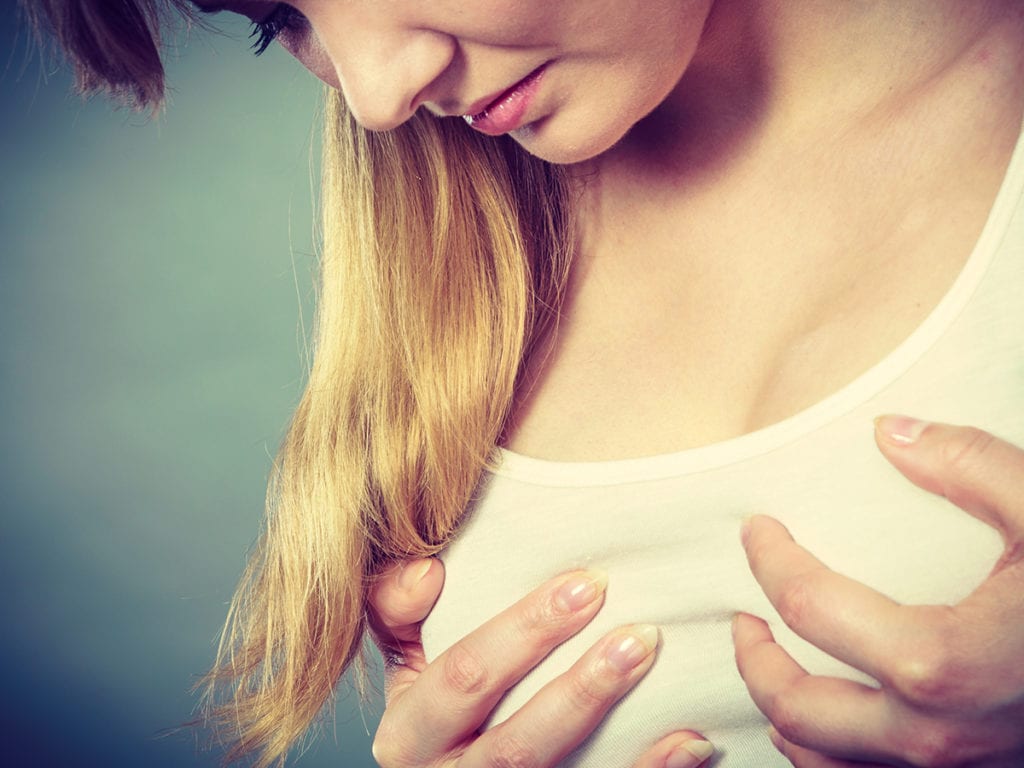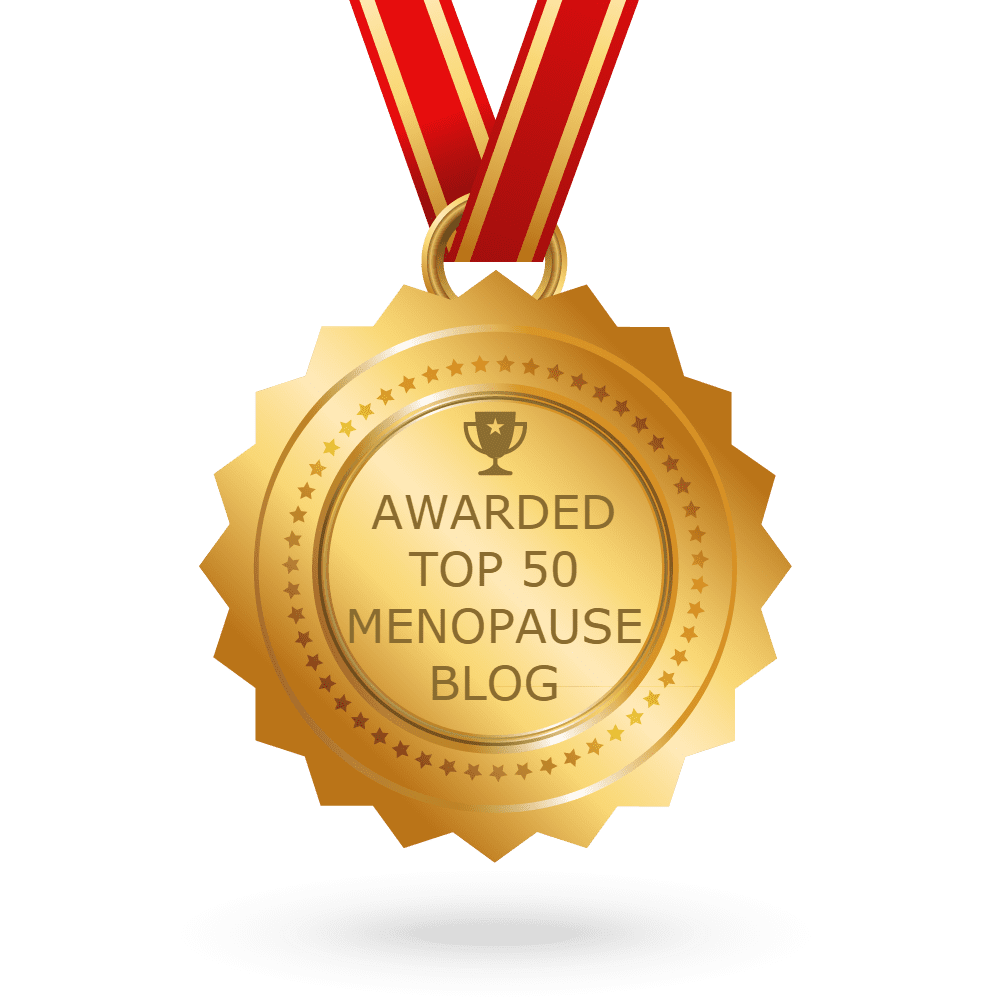Do you have tender, sore, painful and/or lumpy breasts?
Chances are if you’re peri/menopausal you could be experiencing something like this. It’s a very, very common sign so know you’re not alone.
What do sore breasts feel Like?
Although similar to the sensitive breasts you can experience in menstruation or pregnancy, this is a ‘different’ kind of soreness. Tender breasts during your period feel a little achy as a rule, while in perimenopause, women tend to describe them as ‘throbbing’ or ‘burn-y’, although, of course, everyone’s different.
What causes sore breasts?
The fluctuating levels of estrogen [and other hormones] that can occur during the menopause years. Indeed, the very same culprits that are behind so many other signs like hot flashes and mood swings.
The soreness can also be due to breast tissue changes that occur as the need to produce milk for your young disappears – they become less dense and more fatty.
What does mastalgia mean?
Painful/tender breasts are technically known as mastalgia, which means breast pain. It’s a term you first may have heard of during your first period years. The meno years take it up a notch because the estrogen rollercoaster can be more dramatic. This is why the soreness can be more intense during perimenopause. It’s also why your breasts may get bigger.
What is perimenopause?
If you’re a regular here you’ll know perimenopause is the transitional stage where a woman moves from her fertile years through to post-menopause. Menopause itself actually only lasts a day, the day of your last period which you will only realise 12 months later. On average this occurs around 51, whilst perimenopause usually begins in your 40s and can last a while – six to 13 years in fact.
Will your sore breasts go away?
As you move further down your menopause journey the discomfort should subside and post-menopause, once your estrogen level has dropped right off, it should go away.
What can I do to help sore breasts?
Lots. 🙂
Firstly. It’s so important to make lifestyle changes when it comes to any of the peri/menopausal signs. We can’t stress that enough. Things such as keeping hydrated, avoiding caffeine (more on that below), alcohol and smoking. Additionally, embracing nutrient dense foods and avoiding processed foods and refined white sugar and flour are crucial.
It may sound a bit ‘broken record-y’ but one of the reasons you experience mild or severe signs of peri/menopause is often to do with your level of nutritional wealth. Furthermore, your level of stress (which may only be everyday normal stress) contributes as stress causes estrogen levels to fluctuate more.
6 things you can do now
- Wear a well-fitting bra; if it’s a sports one so much the better.
- Try hugging a warm wheat bag.
- Supplement with Evening Primrose Oil and Omega 3’s like flax or fish oil.
- Increase your intake of dietary fibre. Studies show this helps reduce the levels of excess hormones in the body.
- Avoid methylxanthines, which are found in coffee (decaffeinated also), tea, chocolate, cola and some medications. Here’s a study.
- Some women swear by acupuncture (and it’s enforced time out – double winner).
Conclusion
Disclaimer: This article should never take the place of medical advice. If you are at all concerned about breast pain and/or other issues such as breast lumps, swelling or dimpling, changes in the size or shape of your breasts, nipple discharge, or chest pain please see your GP.







